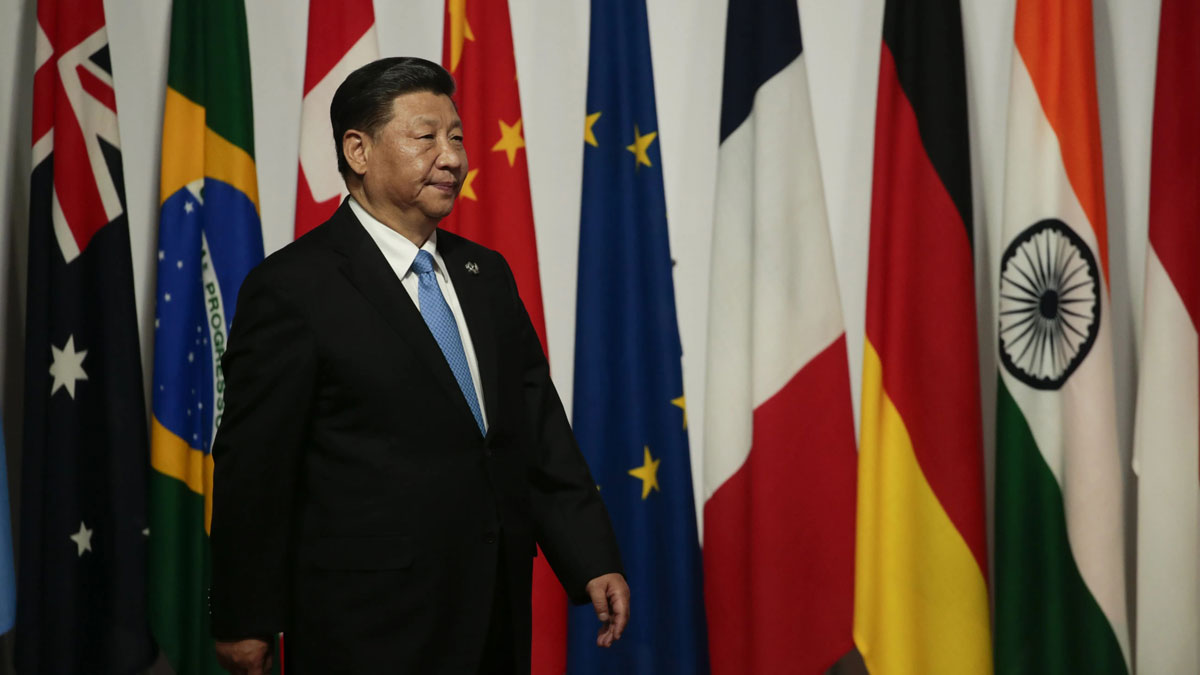US-China trade
China’s guerrilla strategy in a fragmenting global economy
Published 18 June 2024
Faced with perceived containment, China is pursuing a set of economic engagement strategies that resemble guerrilla tactics to strengthen its global position. Whether it succeeds will shape the future of globalization and the relationship between national security and the global economy.
After decades of reform and opening, China’s rapidly expanding economic heft, massive industrial capacities, and trade footprint enable its leadership to pursue global ambitions. Measured in purchasing power parity, China’s economy has already eclipsed that of the US since 2017. However, measured by industrial value-add including manufacturing, mining, and utilities, China surpassed the US in 2011 and has continued to outpace the US industrial power ever since. In 2023, China accounted for US$5.9 trillion in global trade, or 20% of the world total, and US$5.5 trillion in foreign direct investment, about 10% of global investment stock. Additionally, Beijing's bilateral official lending now surpasses the combined lending of the International Monetary Fund and World Bank, a notable increase from its minimal presence two decades ago.
Wary of unfettered, US-style globalization, Beijing’s quest for global economic power will rest on very different fundamentals compared to those pursued by Washington in the past. As China prepares for growing rivalry and contestation with the US and its allies, Beijing is resorting to guerrilla strategies to reconcile its security-centered goals and internal doctrine of a Marxist-Leninist economic system with ambitions for greater global economic influence, Max Zenglein and Francois Chimits of the Berlin-based think tank MERICS write in this paper commissioned by the Hinrich Foundation. These strategies allow China to avoid direct confrontation with large adversaries by targeting smaller sections of their resources to gradually deplete the larger opponent.
From the perspective of the Chinese leadership, the hollowing out of the US industrial base presented a strategic opportunity. The current era of globalization, primarily formed under US hegemony, is splintering and morphing. Since the 1990s, US-led economic liberalization and Group of Seven-centered global integration catalyzed the development of intricate global supply chains. The next phase of geopolitical globalization will be shaped by great power competition and the evolution of China’s political economy. The unfolding clash of economic systems between China and liberal market economies and their divergent geopolitical interests will make cohesive global economic governance increasingly elusive.
© The Hinrich Foundation. See our website Terms and conditions for our copyright and reprint policy. All statements of fact and the views, conclusions and recommendations expressed in this publication are the sole responsibility of the author(s).









